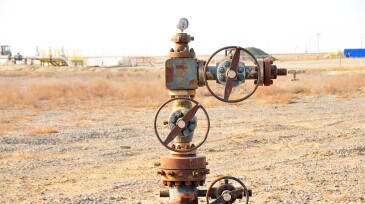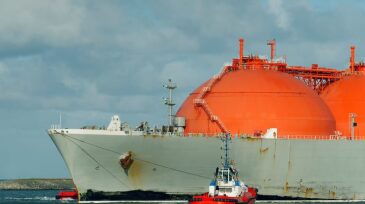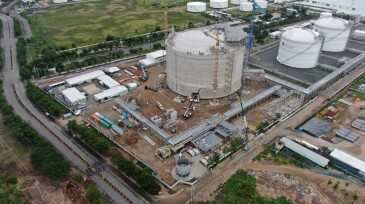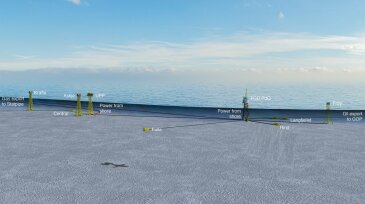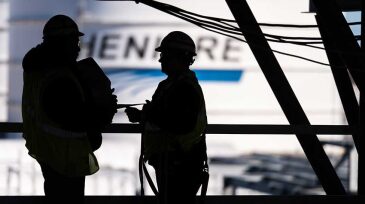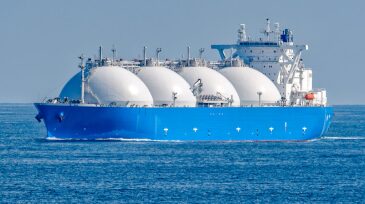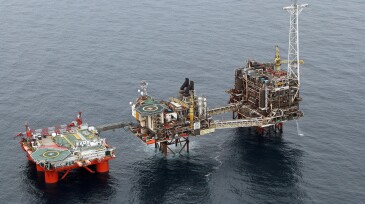Onshore/Offshore Facilities
Sponsored
Advance your career with the new Pipeline Engineering Program at the Technical University of Leoben, a 5-month course combining on-campus and online learning, integrating industry expertise, engineering practice, and future-ready skills for professionals in oil, gas, and emerging energy systems.
Plans call for license partner Aker BP to serve as operator during the development phase, with operatorship reverting to DNO after first oil in 2028.
Production from the Búzios field now tops 1 million B/D with six floating production systems in operation and more on the way.
-
The DOI guidance explains how states can apply for the first $775 million in grant funding available this year under the Bipartisan Infrastructure Law to create jobs cleaning up polluted and unsafe orphaned oil and gas wellsites across the country.
-
Discussions on long-term LNG supplies from Qatar to Germany to re-engage after years of uncertainty held up potential deals.
-
This prestigious award is presented to OTC exhibitors who are revolutionizing the future of offshore energy through technological advancement and innovation. A total of 14 companies, including seven small businesses, were recognized this year for their breakthrough hardware and software technologies.
-
Venture Global is closing in on FID for Plaquemines LNG terminal in Louisiana and has already sold 70% of its planned nameplate capacity.
-
The plants are expected to be put into operation no later than 2024.
-
Billed as the world’s longest AC power-from-shore project, Aker BP’s NOA Fulla field and Equinor’s Krafla field in the North Sea will be powered from the mainland by renewable hydropower.
-
Bechtel gets the go-ahead to begin early engineering and procurement work under a limited notice to proceed.
-
Baker Hughes will supply a plug-and play modularized liquefaction train system for the Plaquemines LNG project.
-
The proposed LNG terminal will expand Germany's alternatives for gas supply and reduce its dependence on Russian imports.
-
UK offshore oil and gas producers are moving closer to the region's goal of achieving zero routine flaring by 2030.




